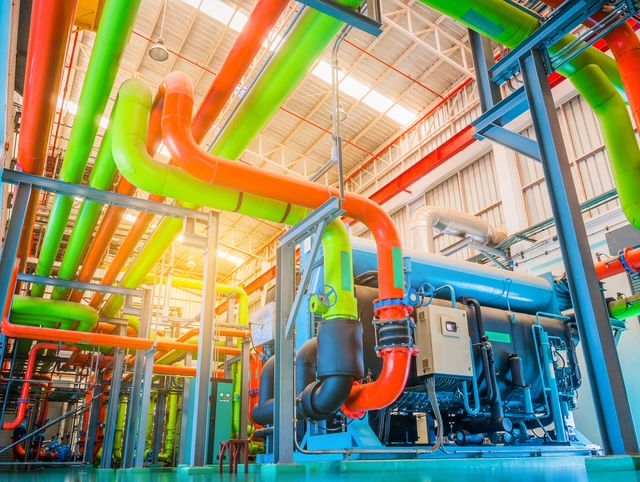The Importance of Logging Chiller Conditions on a Daily Basis
- MSC
- Mar 20, 2017
- 1 min read
Keeping a daily log of chiller operating conditions is an important component in keeping your equipment running smoothly and efficiently. Observing and recording data such as temperatures, pressures, fluid levels and flow rates allows operators to identify changes and correct issues before they can become a larger problem.
Trend logging through I/O and network connection can impart valuable information, depending on how mapping is utilized, but maintenance personnel shouldn’t rely solely on these systems. Most chiller problems develop gradually over time, and many of these issues require human observation and logging of system parameters in order to spot subtle changes early on. These can include refrigerant or air leaks, condenser water issues, scaling, and changes in noise and vibration. Surge can be often identified by its uniquely recognizable sound well before a BAS sounds the alarm. Likewise with a refrigerant leak, the presence of oil can often be detected by the naked eye well before fluid levels activate a system alert. When issues do occur, reviewing a log can aid in quickly pinpointing the source of the problem.
A typical chiller log can include compressor oil level, temperature and pressure, motor voltage and amperage, evaporator refrigerant suction pressure, and condenser fluid supply and return temperatures, to name just a few. Other systems and equipment can benefit from daily logging as well, include cooling towers, boilers, generators, UPS, and compressed air systems, to name a few.




Comments